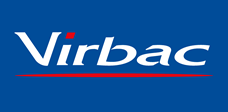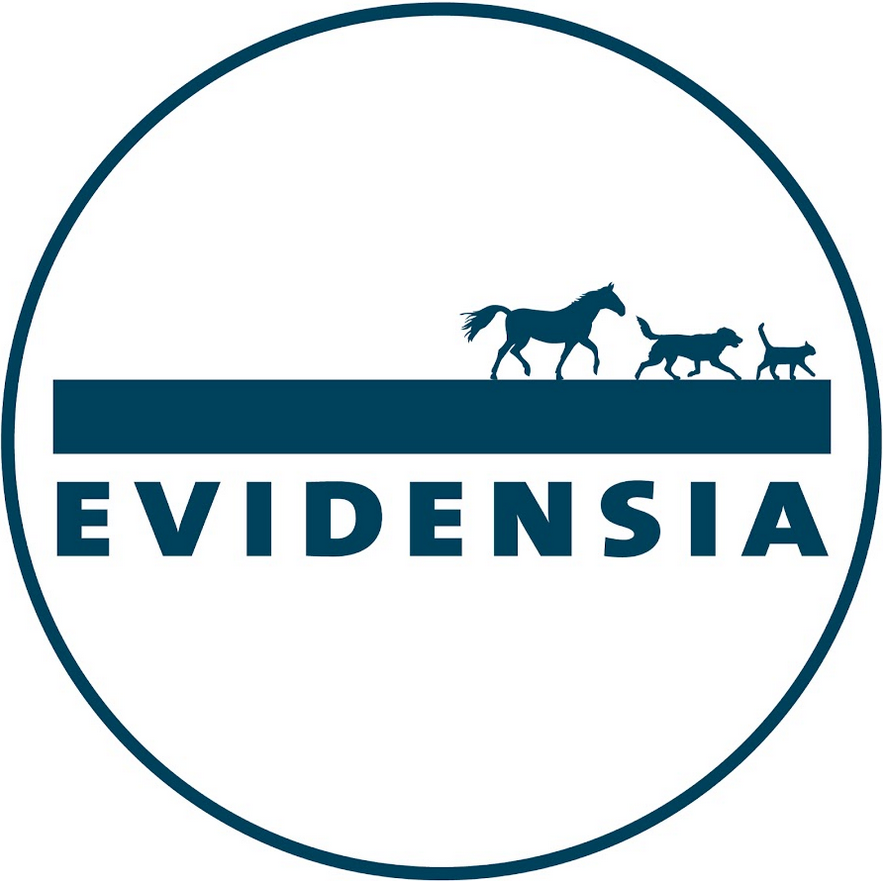Combination therapy
No results were found for your selected species
Poulvac IBMM + ARK
Active substance
ATC code
Species
Chickens (broilers).
Indications
For the active immunisation of broilers to reduce the severity of upper respiratory tract infections caused by Massachusetts and 793/B/91-type strains of avian infectious bronchitis virus.
Onset of immunity: 21 days after vaccination
Duration of immunity: 6 weeks after vaccination
Protection has also been demonstrated in the presence of maternally derived antibodies.
Dose to be administered and administration route
One dose of vaccine per bird by spray administration (oculonasal use) from one day of age.
This vaccine has been used in most types of spray equipment handsprayers (e.g. ASL
Polyspray 2), knapsack sprayers (e.g. Birchmeyer with 0.55 or 1.6 mm spray nozzle, Gloria with 1.0 mm nozzle) or automatic spraying equipment (e.g. Bimex). The apparatus should be set to deliver a coarse spray (droplet size of 80-160 micrometres), allowing a dose of 0.5 ml per bird.
The lyophilised vaccine should be reconstituted with water of good quality at room temperature e.g. deionised water or good quality drinking water.
The lyophilised vaccine should be reconstituted as follows:
Remove the aluminium cap from the vial. To reconstitute the lyophilised vaccine, the rubber stopper should be removed whilst the vial is immersed in a plastic measuring jug containing 0.5 litre of clean cool water.
Half fill the vial with water, replace the stopper and shake to remove any remnants in the vial.
The content of the vial should then be added to the water in the jug, mixed well and transferred to the sprayer tank and thoroughly mixed. For the 5,000 dose vial a total amount of 2.5 l water is required and for the 10,000 dose vial a total amount of 5 l water should be used.
The chickens should be sprayed in chick boxes or brooding rings in the house to avoid loss of vaccine virus.
Upon reconstitution, transparent to white opaque suspension (depending on the volume of water used).
Adverse reactions
Chickens (broilers):
|
Common (1 to 10 animals / 100 animals treated): |
Respiratory signs (including gasping, snicking and raling)1 |
1Generally mild; may be observed for approximately three days.
Reporting adverse events is important. It allows continuous safety monitoring of a veterinary medicinal product. Reports should be sent, preferably via a veterinarian, to either the marketing authorisation holder or the national competent authority via the national reporting system. See also section 16 of the package leaflet for contact details.
Dispensing
POM-V - Prescription Only Medicine – VeterinarianSUMMARY OF PRODUCT CHARACTERISTICS
1. NAME OF THE VETERINARY MEDICINAL PRODUCT
POULVAC IBMM + ARK
Lyophilisate for suspension for spray administration for chickens.
2. QUALITATIVE AND QUANTITATIVE COMPOSITION
One dose contains:
Active Substances:
Live avian infectious bronchitis virus 103.3 – 105.8 EID50*
(Strain Massachusetts1263 and Strain Arkansas 3168) *EID50: Embryo infective dose 50%
Excipients:
For the full list of excipients, see section 6.1.
3. PHARMACEUTICAL FORM
Lyophilisate for suspension for spray administration.
Off-white to cream coloured lyophilisate.
Upon reconstitution, transparent to white opaque suspension (depending on the volume of water used).
4. CLINICAL PARTICULARS
4.1 Target species
Chickens (broilers).
4.2 Indications for use, specifying the target species
For the active immunisation of broilers to reduce the severity of upper respiratory tract infections caused by Massachusetts and 793/B/91-type strains of avian infectious bronchitis virus.
Onset of immunity: 21 days after vaccination
Duration of immunity: 6 weeks after vaccination
Protection has also been demonstrated in the presence of maternally derived antibodies.
4.3 Contraindications
None.
4.4 Special warnings for each target species
Vaccinate healthy animals only.
4.5 Special precautions for use
Special precautions for use in animals Do not re-vaccinate birds.
Spray vaccination should not be used if an intercurrent infection is suspected.
Avian infectious bronchitis virus strains Massachusetts and Arkansas may spread to in contact birds. The duration of spreading of the vaccine virus is for up to 30 days following vaccination.
It is recommended that all chickens on a site be vaccinated with this product. Do not use on mixed sites of broilers and breeders.
The product should only be used where it has been established that 793/B/91 like avian infectious bronchitis virus serotypes are epidemiologically relevant in the area. Special precautions should be taken to avoid spread of the vaccine virus from vaccinates to pheasants
Special precautions to be taken by the person administering the veterinary medicinal product to animals
Personal protective equipment consisting of goggles and dust mask or a helmet with filtered air circulation should be worn when handling the veterinary medicinal product.
4.6 Adverse reactions (frequency and seriousness)
Commonly a slight transient respiratory reaction, including gasping, snicking and raling, may be observed for approximately three days.
The frequency of adverse reactions is defined using the following convention:
- very common (more than 1 in 10 animals treated displaying adverse reaction(s))
- common (more than 1 but less than 10 animals in 100 animals treated)
- uncommon (more than 1 but less than 10 animals in 1,000 animals treated)
- rare (more than 1 but less than 10 animals in 10,000 animals treated)
- very rare (less than 1 animal in 10,000 animals treated, including isolated reports).
4.7 Use during pregnancy, lactation or lay
Do not use in birds intended for laying or breeding.
4.8 Interaction with other medicinal products and other forms of interaction
No information is available on the safety and efficacy of this vaccine when used with any other veterinary medicinal product. A decision to use this vaccine before or after any other veterinary medicinal product therefore needs to be decided on a case by case basis
4.9 Amounts to be administered and administration route
Coarse spray vaccination from one day of age.
Coarse spray:
This vaccine has been used in most types of spray equipment handsprayers (e.g. ASL
Polyspray 2), knapsack sprayers (e.g. Birchmeyer with 0.55 or 1.6 mm spray nozzle, Gloria with 1.0 mm nozzle) or automatic spraying equipment (e.g. Bimex). The apparatus should be set to deliver a coarse spray (droplet size of 80-160 micrometres), allowing a dose of 0.5 ml per bird.
The lyophilised vaccine should be reconstituted with water of good quality at room temperature e.g. deionised water or good quality drinking water.
The lyophilised vaccine should be reconstituted as follows:
Remove the aluminium cap from the vial. To reconstitute the lyophilised vaccine, the rubber stopper should be removed whilst the vial is immersed in a plastic measuring jug containing 0.5 litre of clean cool water.
Half fill the vial with water, replace the stopper and shake to remove any remnants in the vial.
The content of the vial should then be added to the water in the jug, mixed well and transferred to the sprayer tank and thoroughly mixed. For the 5,000 dose vial a total amount of 2.5 l water is required and for the 10,000 dose vial a total amount of 5 l water should be used.
The chickens should be sprayed in chick boxes or brooding rings in the house to avoid loss of vaccine virus.
4.10 Overdose (symptoms, emergency procedures, antidotes), if necessary
Administration of a 10-fold overdose does not result in symptoms different from those mentioned in section 4.6.
4.11 Withdrawal period(s) Zero days.
5. IMMUNOLOGICAL PROPERTIES
Pharmacotherapeutic group: immunologicals for Aves, live viral vaccines for domestic fowl.
ATCvet code: QI01AD07.
To stimulate active immunity against avian infectious bronchitis virus, strains Massachusetts type and 793/B/91 like (Arkansas).
6. PHARMACEUTICAL PARTICULARS
6.1 List of excipients
Mannitol
Inositol
Gelatin
N-Z Case Plus
6.2 Major incompatibilities
Do not mix with any other medicinal product.
6.3 Shelf life
Shelf-life of the veterinary medicinal product as packaged for sale: 2 years
Shelf-life after reconstitution according to directions: 2 hours
6.4 Special precautions for storage
Store and transport refrigerated (2 ºC – 8 ºC).
Protect from light. Do not freeze.
6.5 Nature and composition of immediate packaging
Hydrolytic type I glass vials with a butyl rubber (Ph Eur) stopper and aluminium cap.
10 ml glass vial containing 5,000 doses (box of 10 vials) 20 ml glass vial containing 10,000 doses (box of 10 vials)
Not all pack sizes may be marketed.
6.6 Special precautions for the disposal of unused veterinary medicinal product or waste materials derived from the use of such products
Any unused veterinary medicinal product or waste materials derived from such veterinary medicinal product should be disposed of in accordance with local requirements.
7. MARKETING AUTHORISATION HOLDER
Zoetis UK Limited
1st Floor, Birchwood Building
Springfield Drive
Leatherhead
Surrey
KT22 7LP
8. MARKETING AUTHORISATION NUMBER
Vm 42058/4104
9. DATE OF FIRST AUTHORISATION
25 January 2001
10. DATE OF REVISION OF THE TEXT
March 2022
Approved 09 March 2022
![]()

| Art. Nr. | 42058/5140 |
|---|---|
| EAN | 8714015016759 |
 TRUSTED SOURCE
TRUSTED SOURCE








